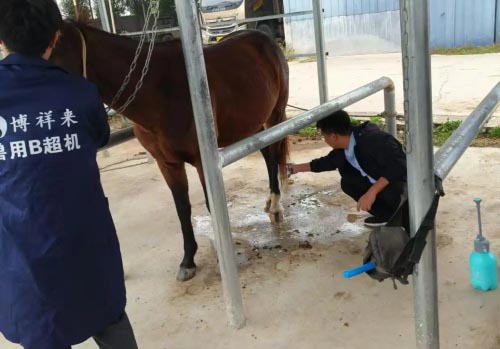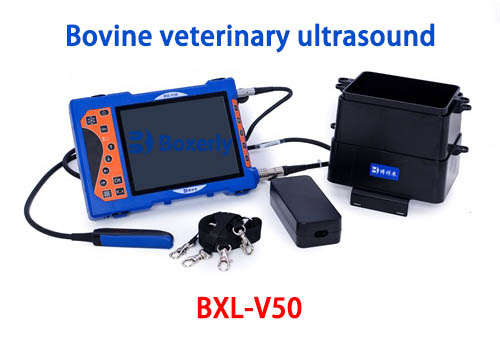Becoming a skilled ultrassonografia veterinária technician is a rewarding career path for those passionate about animal health, especialmente no manejo do gado. Whether you’re working with cattle, Porcos, Cavalos, ovelha, or camels, ultrasound technology is an essential tool for diagnosing reproductive status, identifying pathologies, and improving overall herd productivity. Here’s how to set yourself on the path to becoming an effective and trusted ultrasound technician in veterinary practice.

Veterinary Ultrasound Technician
1、Understand the Role
A veterinary ultrasound technician, also known as an animal sonographer, is responsible for performing and interpreting ultrasound scans under the guidance of a veterinarian. In large animal practices, this often includes checking for pregnancy, diagnosing reproductive issues, monitoring fetal development, and identifying organ abnormalities.
Por exemplo, in dairy or beef cattle operations, you’ll frequently perform transrectal ultrasounds to detect pregnancy or determine if a cow is open (not pregnant)—a crucial factor for managing breeding schedules and reducing the calving interval.
2、Get the Right Education
While some veterinary ultrasound techs start with a background in animal science or veterinary technology, specialized training in diagnostic ultrasound is key. Look for accredited programs that offer hands-on training with both small and large animals. Some courses even focus on bovine reproduction or equine diagnostic imaging, which is especially helpful for farm work.

Horse tendon
3、Gain Practical Experience
There’s no substitute for field experience. Spend time shadowing experienced veterinarians or technicians in livestock operations. Learn how to properly restrain different species, position the ultrasound probe, and interpret black-and-white sonograms in real-time.
Experience with common situations—like checking for early pregnancy in sows, determining fetal age in mares, or scanning ewes for twins—will give you confidence and efficiency in your work.
4、Learn Species-Specific Techniques
Each animal requires a slightly different approach. Por exemplo:
-
Cattle: Transrectal ultrasound is common for pregnancy detection 30 days post-breeding.
-
Swine: Transabdominal scanning is often used around 21–28 days after mating.
-
Cavalos: Early pregnancy detection, twin diagnosis, and follicle monitoring are essential.
-
Camels: Palpation and ultrasound help manage artificial insemination programs.
-
Sheep and Goats: Fetal counts and age estimation help manage nutrition during gestation.
Understanding these nuances helps you become more accurate and valuable to farm clients.
5、Develop Good Communication Skills
Veterinary ultrasound techs often work directly with farmers, ranchers, and veterinarians. Being able to clearly explain your findings—whether it’s confirming pregnancy or identifying cystic ovaries—is essential. Many producers rely on your assessments to make breeding and culling decisions, so professionalism and clarity go a long way.
6、Stay Up-to-Date with Technology
Ultrasound machines are becoming more portable, Fácil de usar, and advanced. Learn how to use different probe types, adjust frequency and depth settings, and save images for veterinary review. Staying updated on new technology and continuing education ensures you’re always providing the best care possible.

Cavalo
7、Be Detail-Oriented and Patient
Ultrasound is a precise skill that takes time to master. Good technicians are careful, steady-handed, and observant. Patience is particularly important when working with nervous animals or trying to detect subtle changes, such as fluid accumulation or embryonic heartbeat.
Final Thoughts
Becoming a good veterinary ultrasound technician is more than just learning how to handle equipment—it’s about combining technical skill with animal intuition, medical knowledge, and a commitment to farm productivity. If you’re passionate about animal care and want to make a real impact in livestock operations, this career path offers both challenge and fulfillment.
